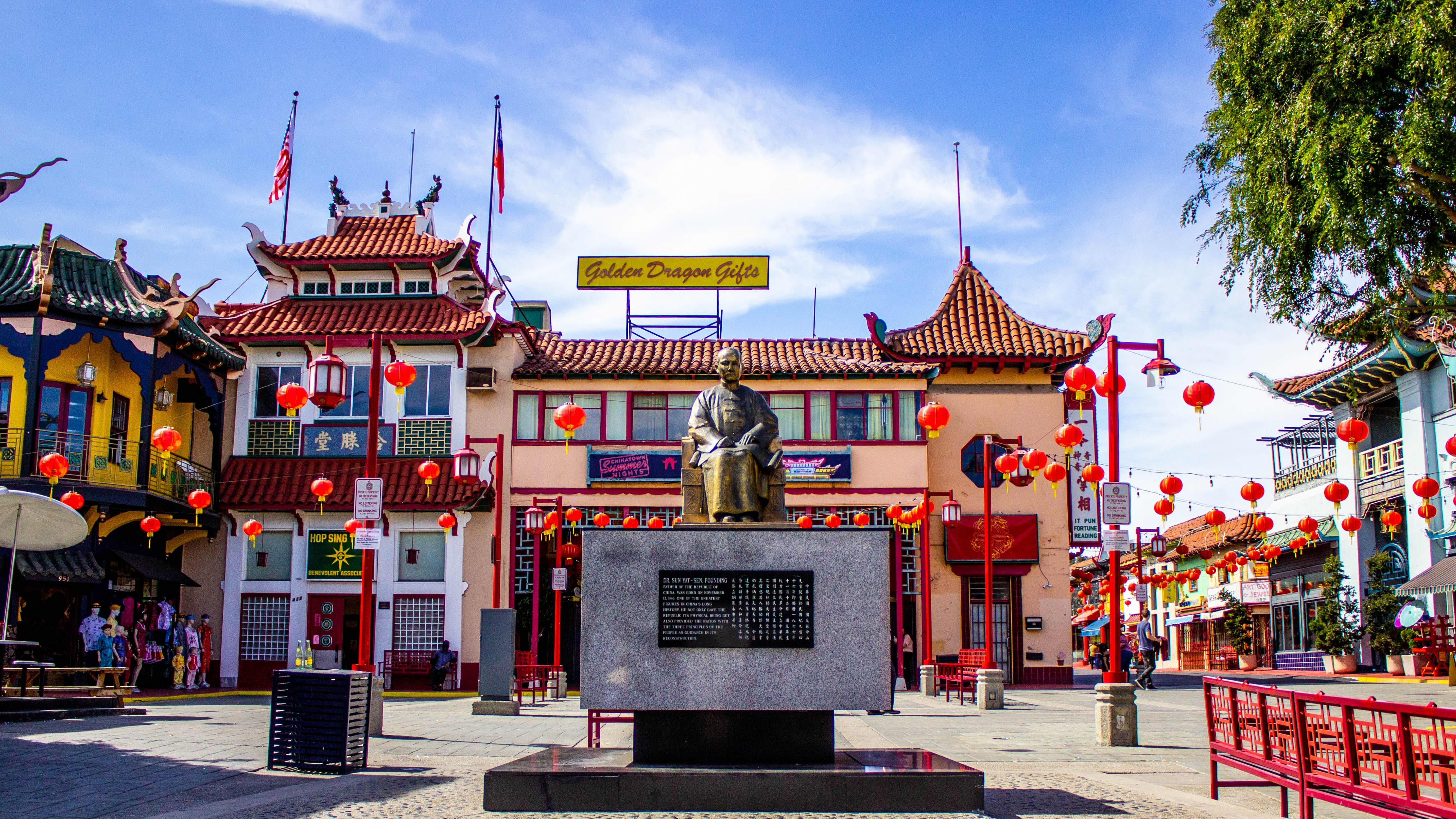
Los Angeles' Chinese Americana
Los Angeles' Chinese Americana
Los Angeles' Chinese Americana
The Best Chinese Food In The World And Five Chinatowns - All In Los Angeles
Sightseeing in Los Angeles isn't all about Hollywood and PCH. This multi-enthic region has history and culture from the entire world - bosting, for example, five Chinatowns.
Photos by Susie Ling
The first known Chinese in American Los Angeles are Ah Fou and Ah Luce - probably from Canton - who were listed in the 1850 census. I’m one of today’s 393,000 Angelinos of Chinese descent. These days, “Chinese” is a hodgepodge category. There are Chinese who immigrated yesterday, and there are Chinese who’ve lived in California for five generations. There are biracial Chinese, and there are twice-migrants: Chinese from Mexicali, Chinese from Jakarta, Chinese from Helsingborg, Chinese from Johannesburg, and even Chinese from Tehran - all in Los Angeles.
Some of Los Angeles’ 170-year Chinese American history can be appreciated via a driving tour:
The Five Chinatowns of Los Angeles
Shall we start this Chinese American tour on Catalina Island to find affinity with the fishing crews of the 19th century? Or perhaps, we should start at the San Fernando Railroad Tunnel built by Chinese Americans. We could even start in the Altadena foothills where Chinese pioneers planted what is now known as Christmas Tree Lane. Or maybe we should navigate to the Chinese Crematorium of Evergreen Cemetery?
This criss-cross drive could go on, but instead, I’ll choose a more direct route through the five Chinatowns in Los Angeles. We will travel from the historic center of Los Angeles to its southeast edge.
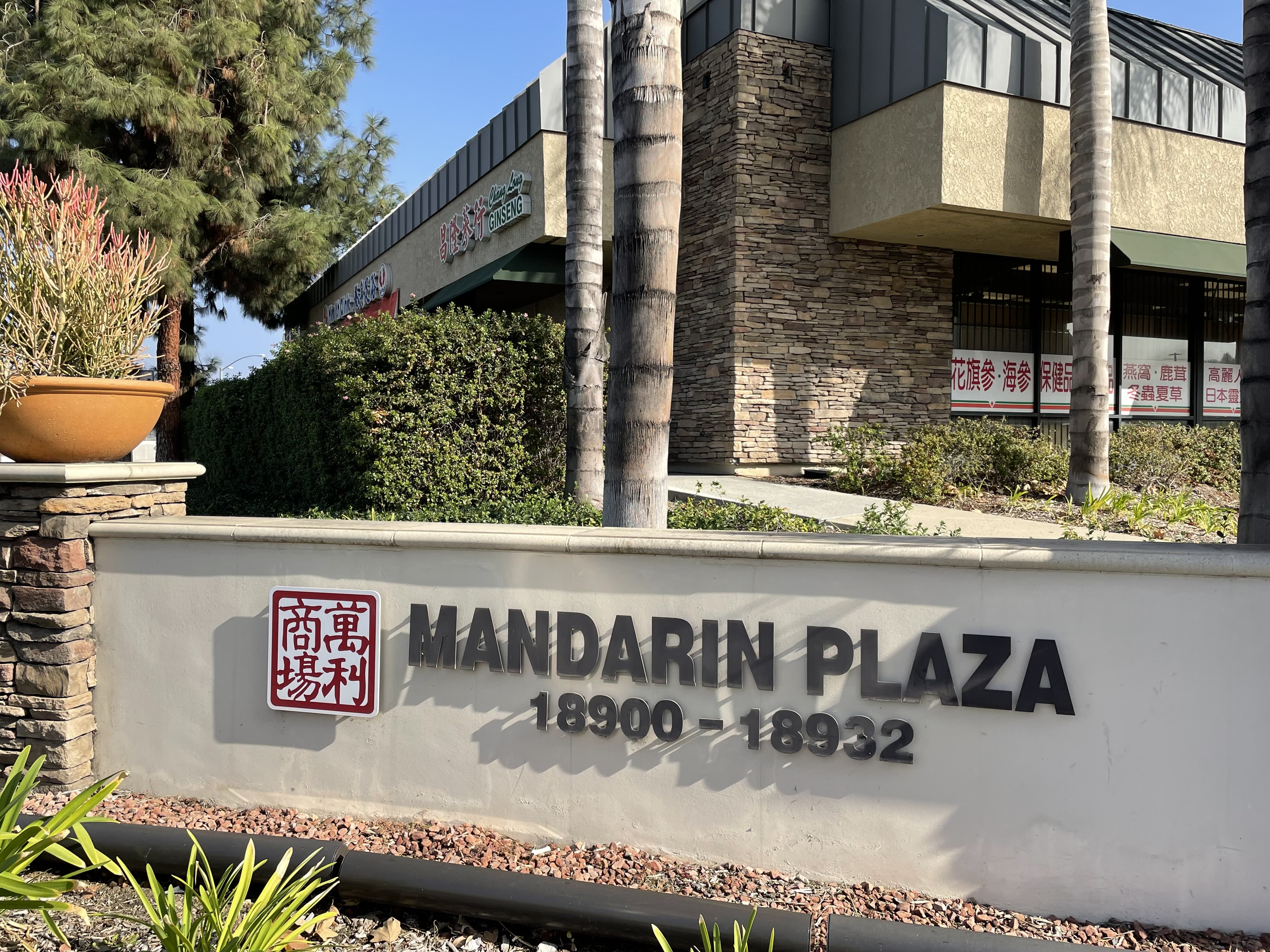
“Maya” of the Old Chinatown - Los Angeles Union Station
It took me a long time to figure out what the older ABC’s (American-Born Chinese) meant when they said they played in the "Maya" off of Marchessault and Apablasa - just east of Alameda Street. This is the area of the first known Chinatown in Los Angeles. Like immigrant populations everywhere, the Chinese Americans amalgamated their languages: "ma" is the Chinese word meaning horse, and "ya" was a shortening of the word "yard" - "Maya" were the horse stables.
You can get a glimpse of this late 19th century and early 20th century life at the Chinese American Museum (425 N. Los Angeles Street) in the Garnier Building. Garnier had been the "unofficial city hall" of the early Chinese pioneers. On Los Angeles Street, there is also a bilingual Historical Marker to commemorate the 1871 lynching of 19 Chinese then of Calle de los Negros. The "Maya", Calle de los Negros, Marchessault and Apablasa are gone... When investors and developers wanted to build a Union Station for trains in the 1930s, the Chinese were forced to vacate their niche.
New Chinatown
In 1937, the Chinese American community leaders, led by Peter SooHoo, met at Tuey Far Low restaurant and agreed to move together to the blocks between Broadway and Hill near College Street. Here, they would build Central Plaza to anchor the New Chinatown. Here are the community organizations, ethnic banks, colorful gift shops, markets and homes. Central Plaza was established across the street from the French Hospital and down the street from the Italian Catholic Church; it is also near the 100-year old St. Anthony Croatian Catholic Church. Chinese Americans have never been the majority population in Chinatown. Chinatown was and is another of Los Angeles very multiethnic niches. In fact, my perennial favorite restaurant in Chinatown is Philippe’s - for its French-dipped sandwiches, pickled eggs, and vanilla ice cream. The large Latinx population in Los Angeles pronounces Philippe’s in three syllables, the French prefer two. As a Chinese American, I vacillate.
Monterey Park or Little Taipei
For Chinese food to sustain my ethnicity, I join the lines in the 626 region. "626" is the telephone area code for the SGV, or San Gabriel Valley. Monterey Park is the heart and origin of this phenomenon - in the 1970s Chinese immigrants from Taiwan started congregating in Monterey Park. This is known as the “first suburban Chinatown” with newer homes (with more closet space and bathrooms), a good school district, and not far from Chinatown. In that era of the Cold War, middle class Chinese thought this the American dream. Monterey Park is now 44% Chinese American - speaking half a dozen languages. Today, four of the Monterey Park City Council members are of Chinese descent, and Monterey Park is represented in the State Assembly by Ed Chau, and in the US Congress by Judy Chu.
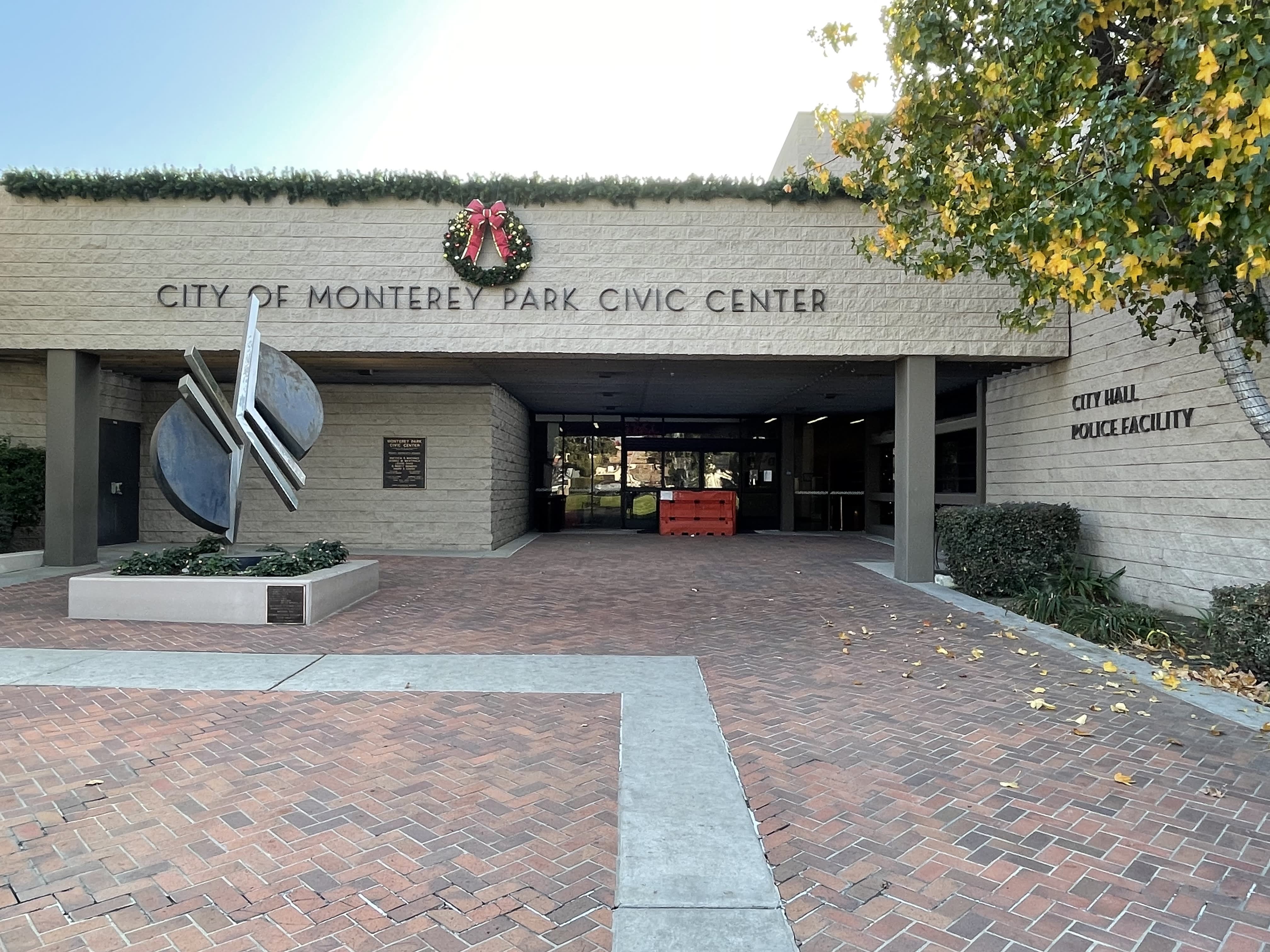
Monterey Park has so many Chinese restaurants, Chinese markets, and professional and retail services that speak Mandarin and Cantonese that it is impossible to keep up. You can eat out in Monterey Park forever. Monterey Park is why many claim that Chinese food is better in Los Angeles than anywhere in the world.
Arcadia/San Marino at Baldwin’s "Chinese Camp"
Driving east on the 10 Freeway are other Chinese American communities. When Lucky Baldwin was king over much of the west San Gabriel Valley in the late 19th century, he profiled African Americans to work with his race horses, Mexican Americans to do the ranching, and also used Chinese American contract laborers. He kept the groups segregated and built a "Chinese Camp" in what is now Arcadia. San Marino was the estate of Henry Huntington, the railroad magnate who built his fortune on Chinese cheap labor.
Today, Arcadia is 46% and San Marino is 43% Chinese American. The median home value in Arcadia today is over $1.2 million. San Marino’s median home value is $2.4 million. There are McMansions of 10,000 square feet with 4-car garages. That is, it would be 10 times the size of my nearby 3-bedroom suburban home.
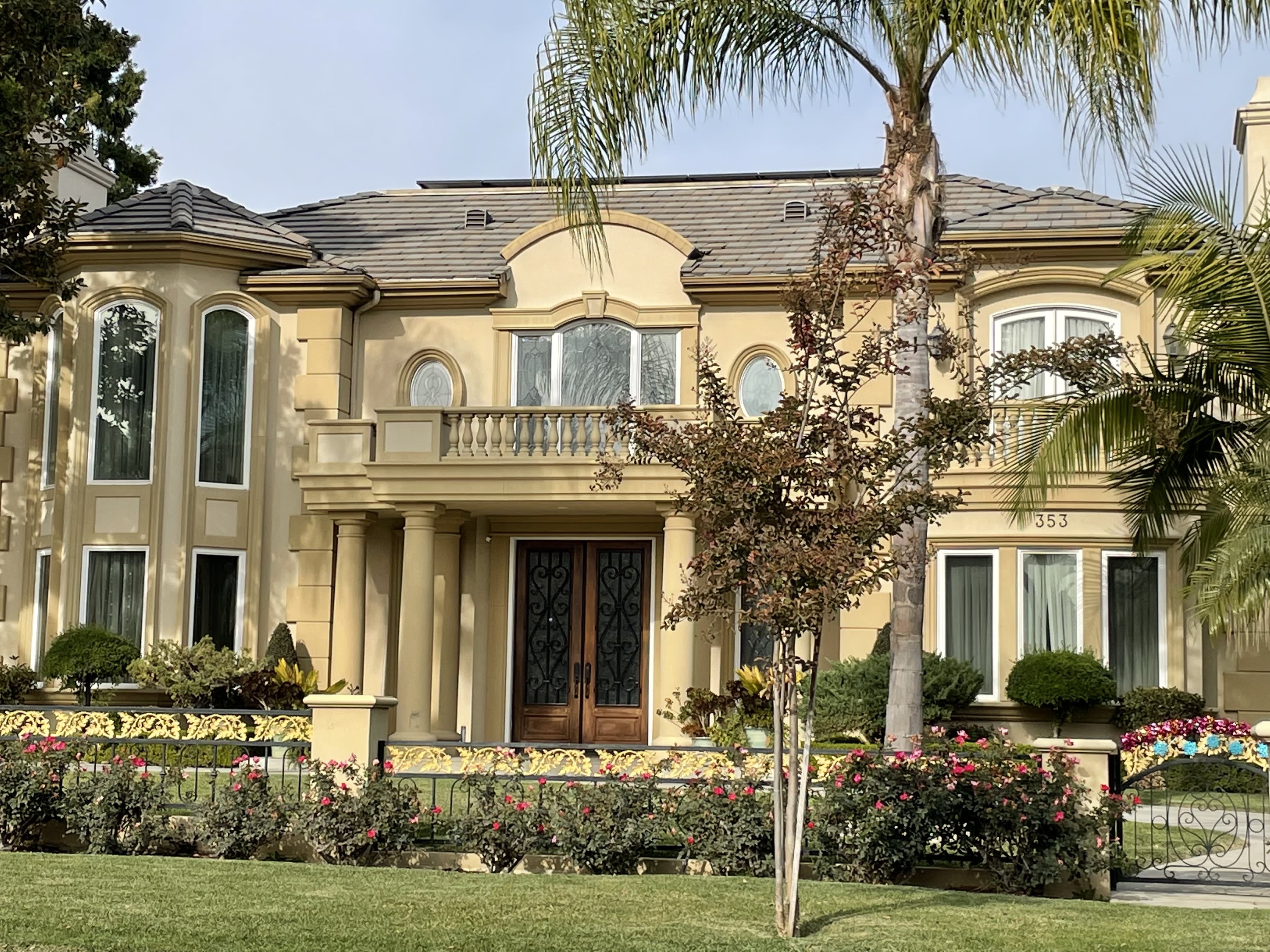
Arcadia High School, established in 1952, is ranked #8 in Los Angeles County while San Marino is ranked #3. Both boast a 99% graduation rate.
These are the "crazy rich" Chinese. There are few mom and pop restaurants in this area - probably because no one wants to chop veggies or wash dishes.
Hacienda and Rowland Heights
Driving to the southeast end of Los Angeles, you see change from the last 30 years. Just south of the 60 Freeway in Hacienda Heights is Hsi Lai, the largest Buddhist temple outside of Asia. This 1988 edifice is investment from Taiwan. Rowland Heights is near 36% Chinese American and 60% Asian American. On Colima and Nogales is a proliferation of strip malls featuring all the Chinese establishments imaginable.
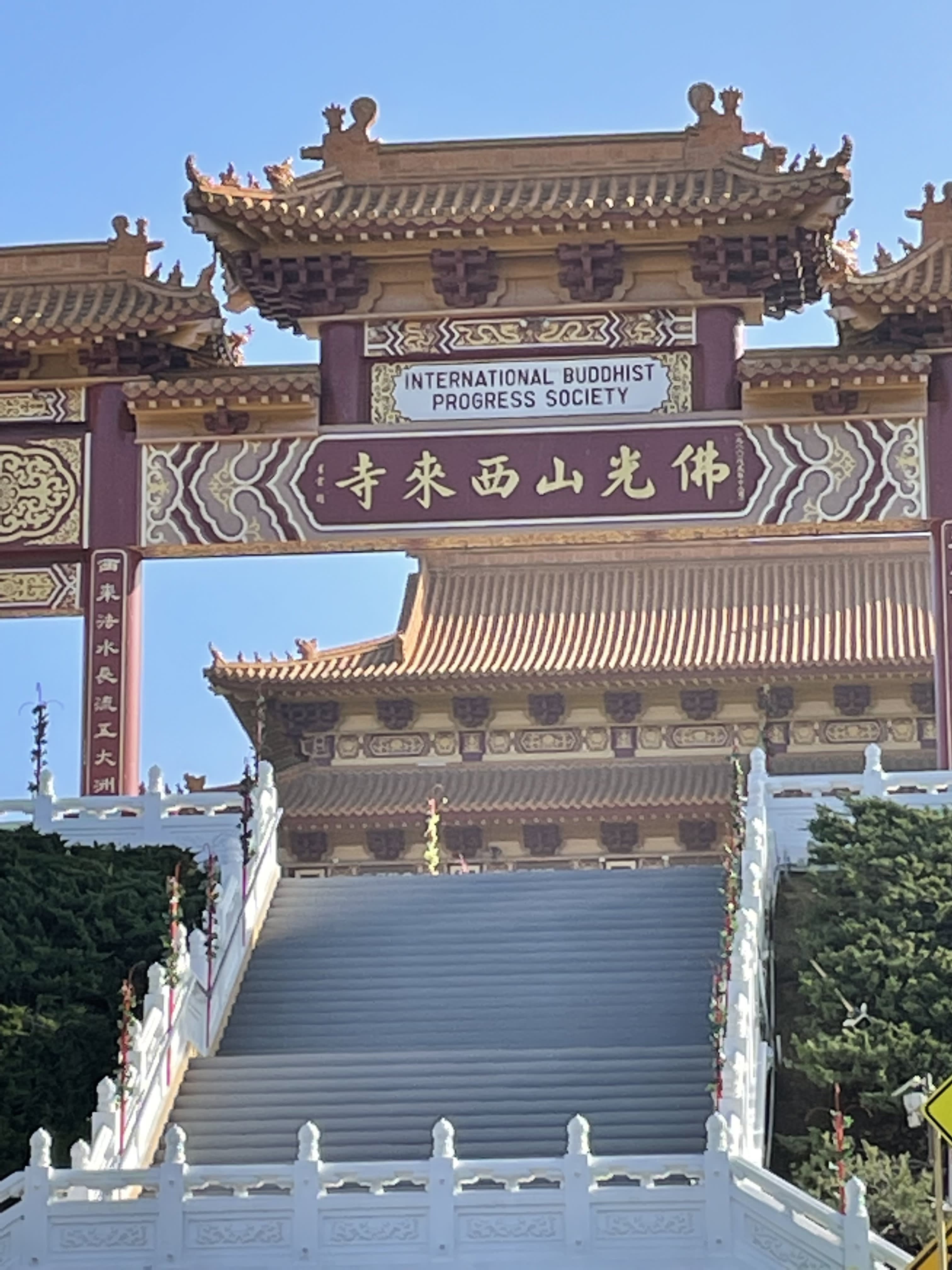
This 626 Heights is the environment that nurtured Melissa King. Melissa’s mother is of Cantonese descent and her father immigrated from Shanghai. Melissa graduated from Wilson High School in Hacienda Heights and then obtained a cognitive science degree from UC Irvine in 2005. "UCI" is jokingly referred to as the "University of Chinese Immigrants". King, a queer, just won 2020 Top Chef for her San Gabriel Valley cuisine and her Hong Kong milk tea tiramisu. Melissa won the fan favorite award and is donating the prize to Black Visions Collection, Asian Americans for Equality, Asian Youth Center, and the Trevor Project. I think the ancestors are very proud.
About The Author

Susie Ling is an Associate Professor in the Social Sciences Division of Pasadena City College, where she teaches history. In addition to amassing hundreds of oral histories in the Southern California region, she's been a long-time contributor to LACar - with articles spanning from vehicle reviews to historical insights about Los Angeles.